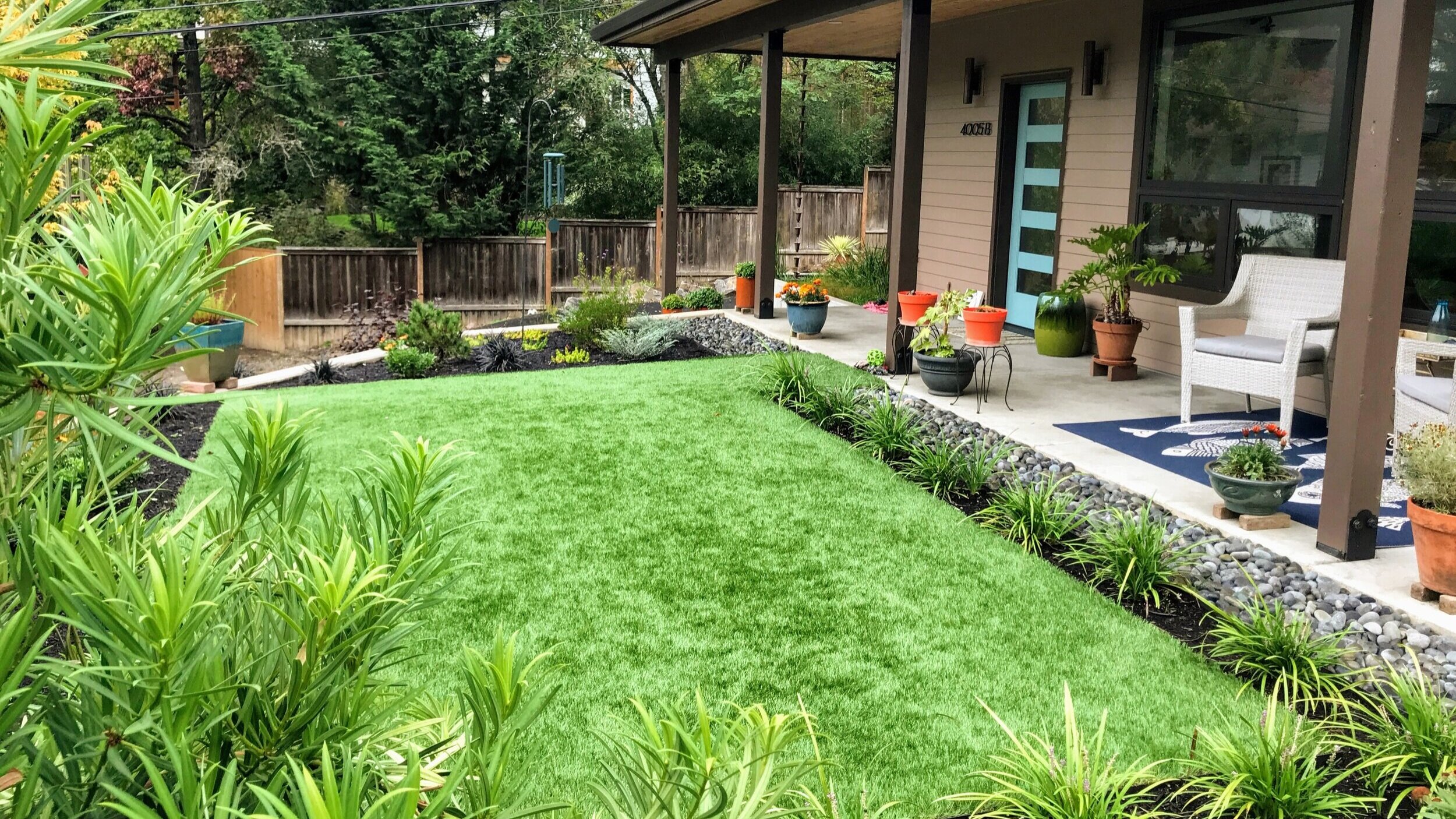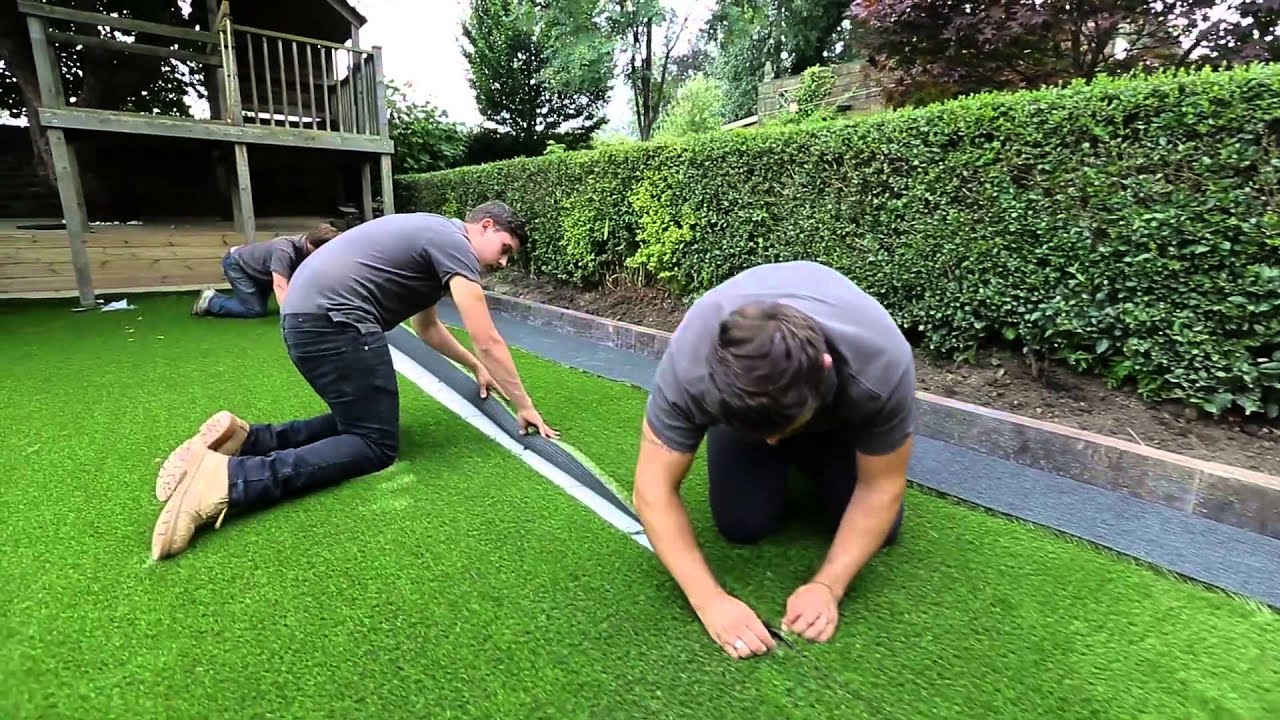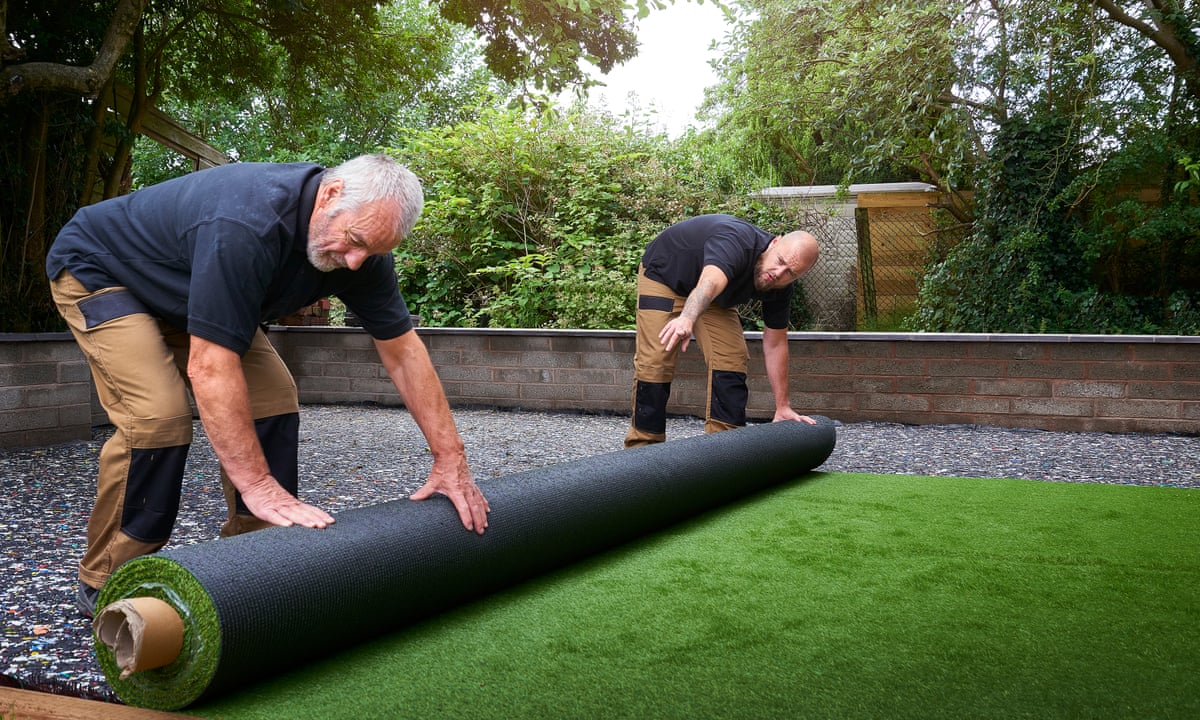Look Into the Environmental Perks of Opting for Artificial Lawn Solutions
The adoption of synthetic grass remedies provides an engaging chance to deal with pushing environmental obstacles. By substantially reducing water usage and lessening the application of hazardous chemicals, these options not just advertise lasting landscaping yet additionally protect regional communities.
Water Preservation Benefits
One of the most substantial advantages of fabricated turf is its capability to preserve water. In contrast, man-made grass does not need watering, dramatically minimizing the total demand for water sources.
By removing the demand for regular watering, fabricated turf adds to lasting landscape methods and helps minimize the ecological influence of excessive water usage. Moreover, the preservation of water reaches the decrease of runoff, which can cause soil erosion and river pollution.
Additionally, the installation of synthetic grass allows home owners and municipalities to allot water sources a lot more successfully, concentrating on essential usages such as alcohol consumption water and farming. The change in the direction of synthetic grass not only advertises accountable water use however additionally aligns with more comprehensive environmental objectives intended at preserving natural sources.
As communities progressively prioritize sustainability, the water conservation benefits of synthetic grass offer a compelling case for its adoption in industrial and residential landscaping projects.
Lowered Chemical Usage
The shift to man-made turf substantially decreases the dependence on chemical treatments generally used in all-natural lawn upkeep. Standard grass administration usually entails the application of chemicals, herbicides, and plant foods to advertise development and control insects. These chemicals can pose risks to human health and wellness, regional wildlife, and the setting, adding to dirt and water contamination.
In comparison, fabricated grass eliminates the demand for these harmful substances. By reducing the release of artificial substances into the ecosystem, fabricated turf promotes healthier soil and water systems.
Additionally, the lack of chemical drainage connected with synthetic grass installments assists protect local waterways from air pollution, supporting aquatic life and preserving biodiversity. Arizona artificial turf. As areas increasingly prioritize sustainable techniques, going with man-made lawn offers a viable service that straightens with environmental conservation goals. Via this shift, residential or commercial property owners can delight in lavish green areas without jeopardizing eco-friendly wellness, leading the way for a much more lasting future
Lower Carbon Impact

Furthermore, the setup of synthetic lawn can result in considerable water preservation. Natural grass call for substantial quantities of water for watering, which not just includes in the carbon impact connected with water removal and treatment but additionally pressures local water sources. On the other hand, synthetic grass needs marginal maintenance, calling for no watering, thus significantly minimizing water use and its linked energy prices.
Furthermore, the durability of artificial turf adds to its lower carbon effect. With a life expectancy of up to 15 years or even more, the requirement for frequent replacements check my reference is decreased, leading to much less waste and lower power consumption in manufacturing and taking care of typical turf alternatives. Overall, fabricated lawn provides a sustainable choice for environmentally conscious landscape design.
Habitat Conservation
Habitat conservation is an essential factor to consider in the discussion over landscape design selections, particularly when contrasting synthetic grass to all-natural grass. All-natural turf lawns typically require considerable maintenance, consisting of using chemicals, fertilizers, and herbicides, which can negatively impact neighborhood ecosystems. These chemicals can leach right into the dirt and rivers, hurting native vegetation and fauna and interfering with neighborhood habitats.
Synthetic grass eliminates the requirement for dangerous chemicals, consequently safeguarding neighboring wildlife and maintaining the honesty of surrounding ecosystems. The installation of artificial turf can lead to the conversion of former lawn locations right into more biodiverse landscapes, such as pollinator yards or indigenous plant areas, which can sustain local wild animals.
Inevitably, the change to synthetic grass not only saves water and lowers maintenance initiatives however likewise cultivates a more harmonious partnership in between human tasks and the natural surroundings, promoting habitat preservation at the same time.
Long-Term Sustainability
Long-term sustainability is a vital consider evaluating the benefits of man-made turf over standard turf yards. One of one of the most substantial advantages of synthetic grass is its sturdiness; it can last as much as 15-20 years with minimal maintenance, whereas all-natural lawn needs regular reseeding and substitute. This durability lowers the demand for continuous resources, such as water, fertilizers, and pesticides, which are necessary for preserving a healthy and balanced grass lawn.
Furthermore, synthetic view grass contributes to a reduction in carbon emissions connected with lawn treatment equipment. Traditional lawns frequently need gas-powered lawn mowers, trimmers, and blowers, all of which contribute to air pollution. Artificial turf companies phoenix. In comparison, synthetic grass removes the demand for such equipment, promoting a cleaner atmosphere
Moreover, the manufacturing of synthetic grass progressively makes use of recycled products, enhancing its sustainability profile. As manufacturers adopt environment-friendly methods, the ecological footprint of synthetic grass proceeds to diminish.

Final Thought
The adoption of synthetic grass remedies presents considerable ecological advantages, including considerable water conservation, decreased dependence on harmful chemicals, and a reduced carbon impact. Furthermore, man-made turf help in protecting all-natural habitats by minimizing land disturbance and advertising lasting important source sustainability with using long lasting products. Collectively, these aspects highlight the possibility of artificial turf to contribute favorably to ecological wellness and use a sensible choice to conventional landscape design techniques in an increasingly resource-conscious globe.
In comparison, fabricated grass does not require watering, significantly lowering the general need for water resources. By minimizing the launch of artificial compounds right into the ecosystem, synthetic turf promotes healthier dirt and water systems.
Furthermore, the installation of fabricated lawn can result in substantial water preservation. In contrast, synthetic lawn needs marginal upkeep, requiring no watering, thus considerably reducing water use and its associated energy expenses.

Comments on “Durable Arizona Artificial Turf for Home and Business Applications”